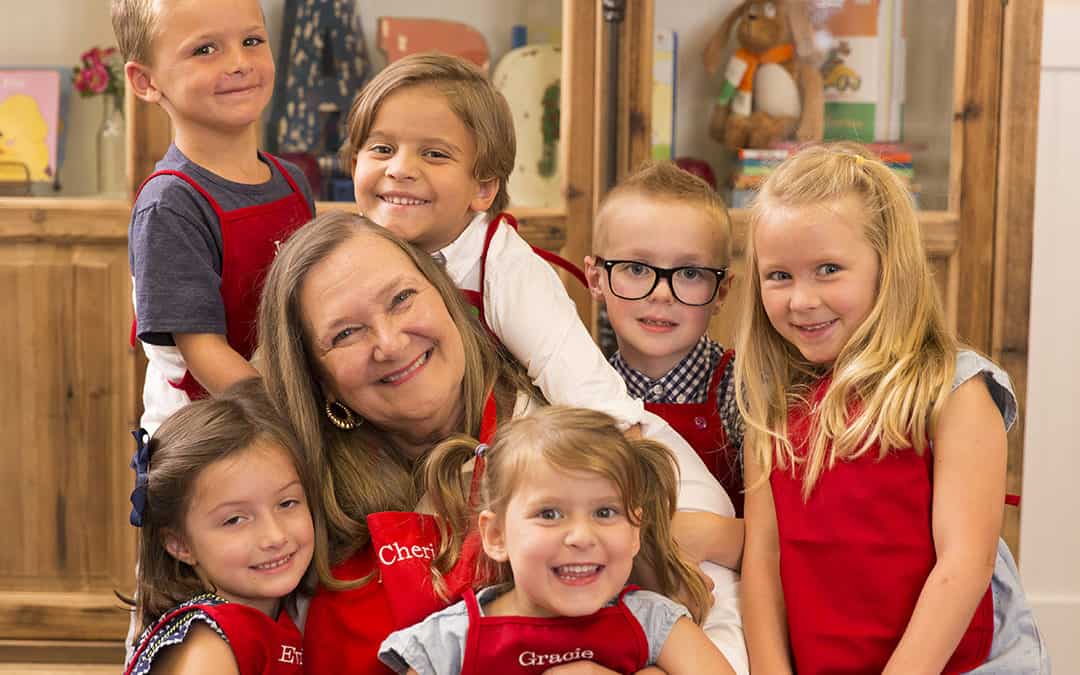This March, our monthly Kids Village values were honesty and loyalty. Honesty is a value that can be difficult to teach younger children since they’re still learning the difference between truth, stories, and lies. However, with the right conversations, reactions, and family dynamics, your child can begin developing a strong sense of integrity and conscience.
We’ve put together a collection of our four favorite articles on teaching children honesty. These articles cover how to create and environment in which your child feels safe sharing the truth, being an example of honesty in your home, and using children’s books to introduce the importance of honesty.
The Honest Child: How to Teach Honesty (Ages 6 to 8) & The Honest Child: How to Teach Honesty (Ages 2-4)
By Mary VanClay, Babycenter
This article is based on creating an environment in which about child feels safe telling the truth. Sometimes our children are afraid to fess up to something because “Either they’re afraid of punishment or they’re afraid of disappointing us,” says Jane Nielsen, author of Positive Discipline.
VanClay discusses 10 keys to creating an environment that empowers truth-telling, as well as some of the conversation to do so. She introduces phrases such as, “That doesn’t sound like the truth to me. Sometimes we all worry about telling the truth if we’re afraid we’ve done something wrong.” This let’s your child know you don’t approve of his behavior while providing an opportunity to explain why he lied.
6 Ways to Teach Your Child the Importance of Honesty
By Kia Morgan Smith, SheKnows
This conversation is centered on being the best example of honesty you can be for your child. This includes not rationalizing your lies (even little white lies), not co-signing your child’s lies (such as writing a letter to excuse late homework), setting expectations, discussing the importance of truth, and offering amnesty for truth-telling.
Teaching Kids Honesty
Bette Freedson, MSW, LICSW, CGP, Education.com
While some of these points are already covered in previous articles, we appreciated the paragraph on a “No-Shaming Policy.” Freedson discusses how shaming (even if it’s unintentional) dissolves strength of character and often elicits the behaviors you are trying to discourage.
“It’s natural for children to test. Your response will teach them to be honest or to hide,” writes Freedson.
This article also discusses creating a culture of honesty in your family by using phrases such as “We tell the truth even when it’s hard to do.”
Teaching Honesty with Great Children’s Books
TheBestChildrensBooks.org
When children are young, they are still learning the difference between the truth, stories, and lies. One of the best way to help them learn the difference and to begin perceiving conscience is through stories.
TheBestChildrensBooks.org lists 20 of their favorite children’s books for teaching honesty to young children. Some of our favorites are Boy Who Cried Wolf, Ruthie & the (Not So) Teeny Tiny Lie, and Howard Wigglebottom and the Monkey on His Back.
How do you respond when your child lies? How did your parents respond when you lied as a child and how do you feel it impacted your views on honesty and.truthfulness? Join the conversation by commenting below.
You may also be interested in…

